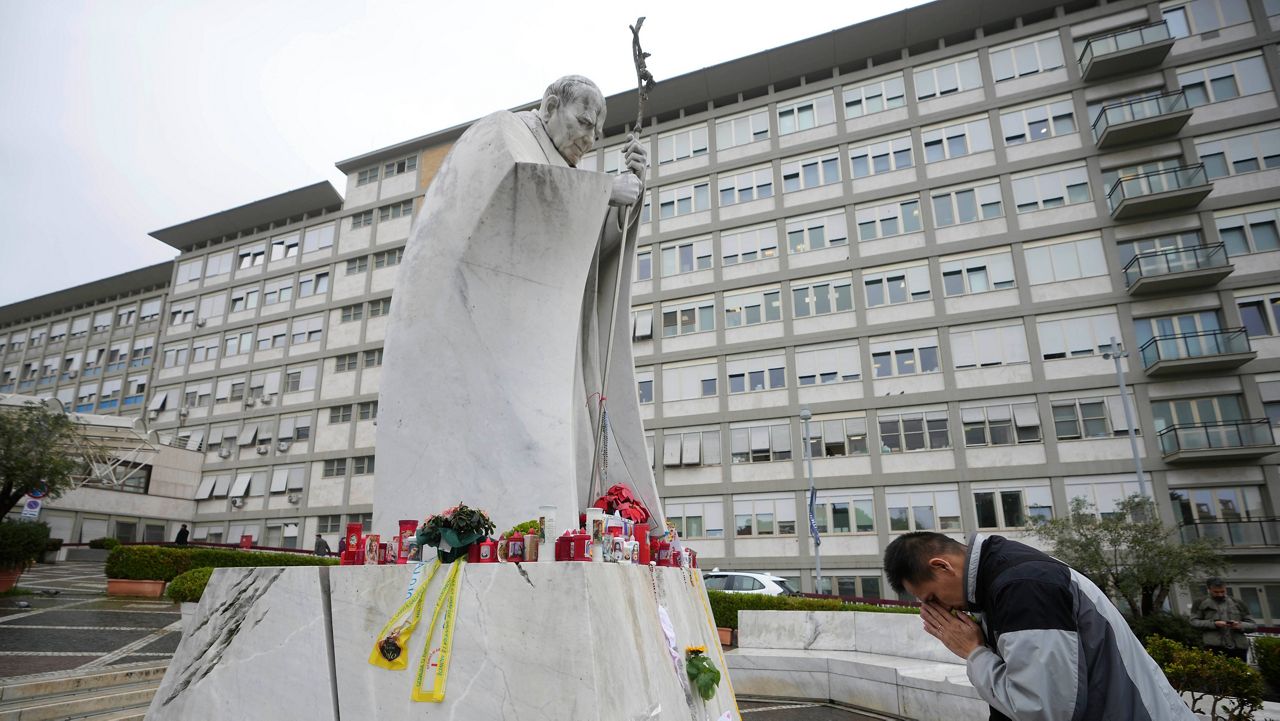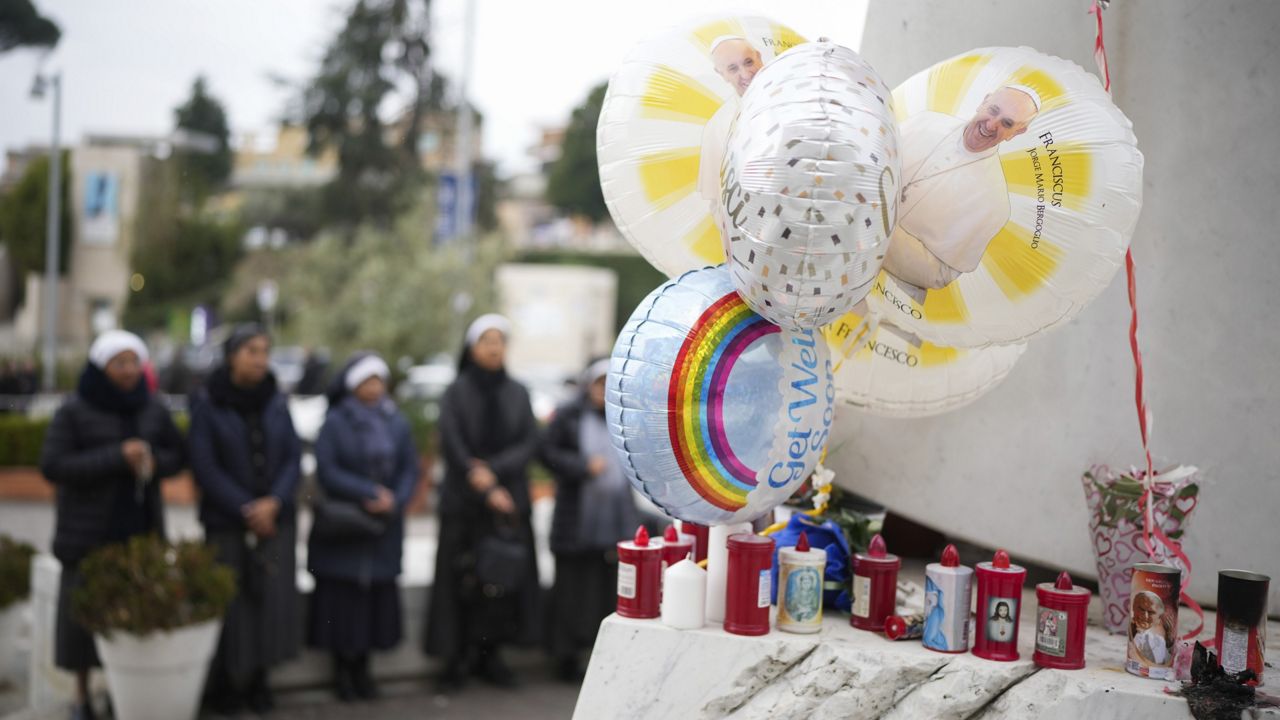PARIS — After more than five years of frenetic, but sometimes interrupted, reconstruction work, Notre Dame Cathedral showed itself anew to the world Friday, with rebuilt soaring ceilings and creamy good-as-new stonework erasing somber memories of its devastating fire in 2019.
What You Need To Know
- After more than five years of frenetic reconstruction work, Notre Dame Cathedral has showed its new self to the world Friday
- Rebuilt soaring ceilings and creamy stonework have erased somber memories of its devastating fire in 2019
- Images broadcast live of a site visit by French President Emmanuel Macron showed the inside of the iconic cathedral as worshippers might have experienced it back in medieval times
- Gaping holes that the blaze tore into the vaulted ceilings, leaving charred piles of debris, are gone, now filled in with new stonework
Images broadcast live of a site visit by French President Emmanuel Macron showed the inside of the iconic cathedral as worshippers might have experienced it in previous centuries, its wide, open spaces filled with bright light on a crisp and sunny winter's day that lit up the vibrant colors of the stained glass windows.
Outside, the monument is still a construction site, with scaffolding and cranes. But the renovated interior — shown in its full glory Friday for the first time before the public is allowed back in on Dec. 8 — proved to be breathtaking.
Gone are the gaping holes that the blaze tore into the vaulted ceilings, leaving charred piles of debris. New stonework has been carefully pieced together to repair and fill the wounds that had left the cathedral's insides exposed to the elements. Delicate golden angels look on from the centerpiece of one of the rebuilt ceilings, seeming to fly again above the transept.
The cathedral's bright, cream-colored limestone walls look brand new, cleaned not only of dust from the fire but also of grime that had accumulated for centuries.
The cathedral attracted millions of worshippers and visitors annually before the April 15, 2019, fire forced its closure and turned the monument in the heart of Paris into a no-go zone except to artisans, architects and others mobilized for the reconstruction.
Macron entered via the cathedral's giant and intricately carved front doors and stared up at the ceilings in wonder. He was accompanied by his wife, Brigitte, the archbishop of Paris and others.
Powerful vacuum cleaners were used to first remove toxic dust released when the fire melted the cathedral's lead roofs.
Fine layers of latex were then sprayed onto the surfaces and removed a few days later, taking dirt away with them from the stones' pores, nooks and crevices. In all, 42,000 square meters of stonework were cleaned and decontaminated — an area equivalent to roughly six soccer pitches.
"It feels like it was built yesterday, like it's just been born, even though Notre Dame is very old," said stonemason Adrien Willeme, who worked on the reconstruction. "Because it's been so carefully restored and cleaned, it looks really extraordinary."
Cleaning gels were also used on some walls that had been painted, removing many years of accumulated dirt and revealing their bright colors once again.
Carpenters worked by hand like their medieval counterparts as they hewed giant oak beams to rebuild the roof and spire that collapsed like a flaming spear into the inferno. The beams show the marks of the carpenters' handiwork, with dents made on the woodwork by their hand axes.
Some 2,000 oak trees were felled to rebuild roof frameworks so dense and intricate that they are nicknamed "the forest."









